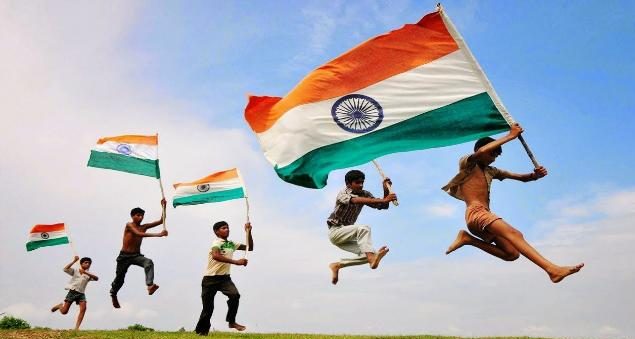“How do you compare the two movies, Forrest Gump and Lal Singh Chadha?” One of my students asked me the other day. The question was challenging for me. She believed there was nothing harmful in the movie and it was stupid the way some people opposed it. That it was freedom of expression and nothing else. As I sat back, I realized, I would not have faced such a question twenty years ago. The question to me reflects the turbulent times we are going through as a nation where subliminal, psychological ways to influence young minds are used.
While leaving she asked, “Is the Indian army different from other major armies of the world?” Without sounding parochial and chauvinistic I had answered, “Yes.”
Armies reflect the history and legacy of a nation. Movies made on the army reflect the conflict of their times and are topical. The books and movies target the youth and the masses. The movie ‘All quiet on the western front’ was a deeply political movie that had split Germany. In another instance, Actor Peter Ustinov when asked why America makes so many movies on ancient Rome had quipped, “Because the conditions existing in both are the same.”
The movie ‘Forrest Gump’ has to be seen in that context. When it appeared it reflected the conditions existing in America at the time. America was under the influence of Ayan Rand brand of individualism. The American Generals were also perturbed with the findings of the Marshall study that had found that the ratio of the empty cartridges in war was many times higher than the number of casualties where American soldiers fired. It meant that as the enemy soldier approached, the American soldiers missed firing at them many times. How was it that soldiers who were trained failed to fire? Where did their training vanish in battlefield? The data from the civil war and the First World War both showed a disturbing trend, one that may not have changed much.
How did this data compare with the firing by Indian soldiers in wars? “It is totally unlike and can be ranked as the best in the world,” an officer once told me. “His fingers that remain stable, his ability to deal with disorder and chaos, not withdrawing even when death is certain, is something that almost no other soldier in the world shares.”
Was individualism as propagated by Ayan Rand and America’s history of slavery responsible for the debacle? Forrest Gump tried to analyze that through a psychological lens. The recruitment in the American army changed from the older, stable minded individual to the vulnerable, the young and people of color. They were considered more dispensable than the average white. The former who could be indoctrinated more easily to fire accurately, to kill and get killed without the specter of gunny bags of white bodies. After all the technological superiority of America meant that a war with a nation like Vietnam could be won with weapons and men with a minimal skill and mindset. Maturity, valor and struggle were thought of as secondary.
The Vietnam War proved it all wrong. Not only was it a humiliating defeat for America, it brought in the reality of an American soldier who began to go through high suicide, PTSD and depression. It showed fighting was a raw visceral emotion, not a technical skill to be learnt.
LSC copied the above movie without taking in account the context in which the movie was made. It lacked intellectual honesty.
Winston Churchill, the late Prime Minister of Britain, one who knew Indian army intimately had lamented in 1962 after our defeat that it was unimaginable for him that an army as great as the Indian army could suffer a defeat at the hands of an army like China. He had stated that because of the courage and loyalty of the Indian army, Britain was able to maintain its Empire and didn’t lose the Second World War. His comment was directed at Nehru who had reduced the Indian soldier to nothing through demeaning their role.
A movie like LSC has to be analyzed in the times we live in. The reality behind the latter is not to portray the suffering and valiance of the soldier but reduce him to a comical figure. One wonders, what was the need to show an Indian soldier as a victim who fights losing his senses? Why is it that the Indian soldier was shown as one who is forced to fight a war not of his choice?
Every Indian owes it our Army to tell them loud and clear on our Independence day that this movie doesn’t represent the reality of the army or of the nation. That this is a false, mischievous attempt to coincide with a day that their efforts brought about. That this day of 15th August happened because of them and their sacrifices. Without them we would have lost the idea of having a nation long ago. We owe it to our Army, our freedom, our very existence and honor. It is despite having had weak leaders in the past who demeaned them, didn’t value their contribution and who brainwashed the nation to believe we could do without them. It seems through movies like LSC we are once again being led surreptitiously to a path that is dangerous, different, a process psychological and subliminal.
Freedom is snatched and never given and difficult to maintain. We need our definition of freedom as no other country has suffered as much due to wars, invasions, betrayals, as we have as people, as a nation.
Our Prime Minister talked of removing the last vestiges of fear left due to slavery of centuries. Let us pledge that any attempt to reduce us, to mock us, is the last bastion we need to cross over.
Rajat Mitra
Psychologist, Speaker and Author of ‘The Infidel Next Door’

